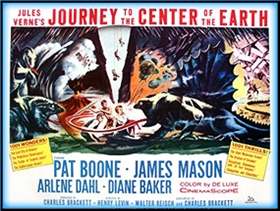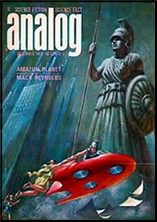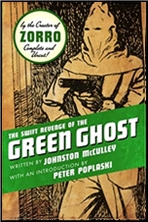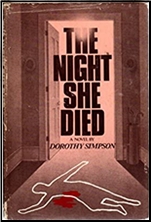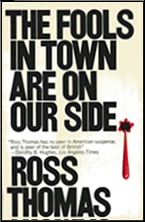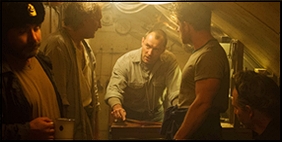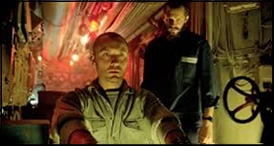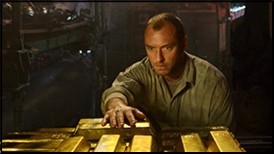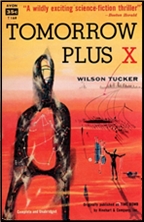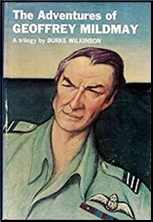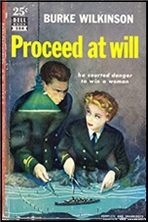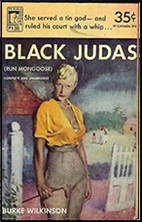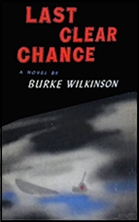Sun 7 Feb 2021
A Movie Review by Jonathan Lewis: JOURNEY TO THE CENTER OF THE EARTH (1959).
Posted by Steve under Action Adventure movies , Reviews[15] Comments
JOURNEY TO THE CENTER OF THE EARTH. 20th Century Fox, 1959. Pat Boone, James Mason, Arlene Dahl, Diane Baker, Thayer David. Screenplay by Walter Reisch and Charles Brackett, based on the novel by Jules Verne. Director: Henry Levin.
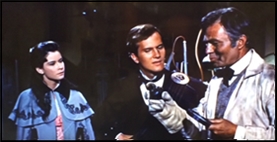
At the heart of Journey to the Center of the Earth is a sense of childhood wonder. It’s a film that works best for those with a passion for exploration and a ripe imagination. After all, for a movie based on a Jules Verne work to be effective, it must stimulate those parts of the brain responsible for one’s imaginative faculties. One also has to suspend disbelief. Of course, there are no giant lizard creatures lurking about in the center of the planet. But imagine if only there were!
The plot of this 20th Century Fox live action feature is simple enough. Professor Sir Oliver Lindenbrook (James Mason) of Edinburgh is a geologist by training. Ill-mannered and more than a little sexist, Lindenbrook is seemingly more passionate about rocks than his fellow man.
When one of his star pupils, Alec McEwan (Pat Boone) brings him a curious geological specimen, Lindenbrook becomes obsessed as to its origins. As it turns out, the rock seems to point toward something much more profound than McEwan could have imagined; namely, that there is – somewhere in Iceland – a passageway deep into the center of the earth.
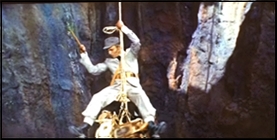
Lindenbrook and McEwan, along with the widow of Lindenbrook’s rival, an Icelandic helper, and an adorable duck named Gertrude, set course on exploring the depths of the planet. Of course, such a story could not work unless there was an antagonist who is equally determined to stop the professor.
Here comes the Icelandic nobleman Count Saknussemm (Thayer David). He is the typical Disney villain. Ready to kill when necessary, but not overtly evil – at least not the end of the film. The conflict between these two forces provides the necessary plot tension needed to make the movie work.
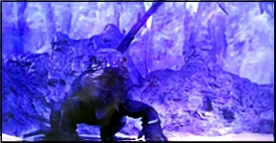
That said, what makes Journey to the Center of the Earth such an enjoyable feature is not the plot per se. It’s rather the eclectic combination of myriad factors, each of individual import, that coalesce into a coherent whole. Film scenes involving people climbing through caves can only work if there is enough clever dialogue and witty banter.
And let me assure you, of that there is plenty. Mason, with his distinctive accent and intonation, is pitch perfect. It’s sheer joy to listen to his portrayal of an arrogant professor, one gradually begins to change his tune once he realizes that he may not be as omniscient as he thought he was.
Adding to the mystique of the movie are three other strong factors. First, the movie has an eerie score by Bernard Herrmann which can be heard here:
In addition, the movie has great art direction and set design. Even at the beginning of the movie – the nominally boring part – you can clearly see the attention to detail that pervades this work. Be it in Lindenbrook’s home or laboratory.
Similarly, there are numerous great set pieces throughout the movie, including a giant subterranean mushroom forest (with shades of psychedelia) and the sunken lost city of Atlantis which the exploration party happens upon at the very end.
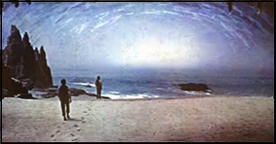
But don’t mistake my high praises for a lack of clarity as to the film’s weaknesses. There are quite a few, not the least of which was the decision to kill off the duck. Such a moment must have been quite shocking for young children who went to see a fun film.
Equally disappointing – this time for adults – is the film’s refusal to depict any sign of sadness or grief on the part of the characters. They are all a little too staid, a little too bourgeois (it’s a term used in the film for a very specific reason).
A little more passion, a little more anger on the part of the characters would have gone a long way in heightening the proceedings. Perhaps it would have removed some of the movie’s charm. But perhaps it would have given it a little more bite.
